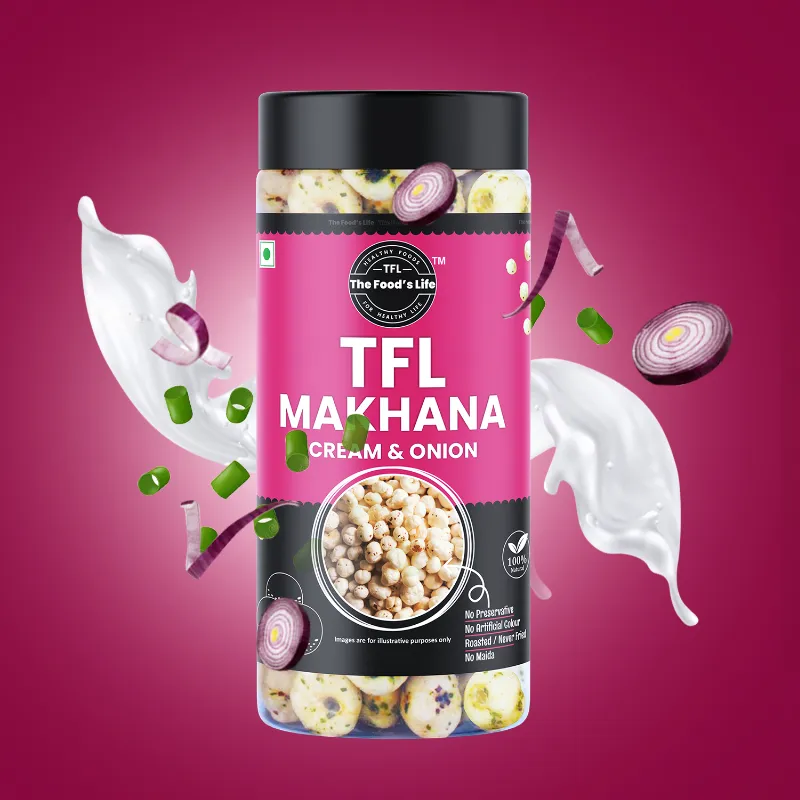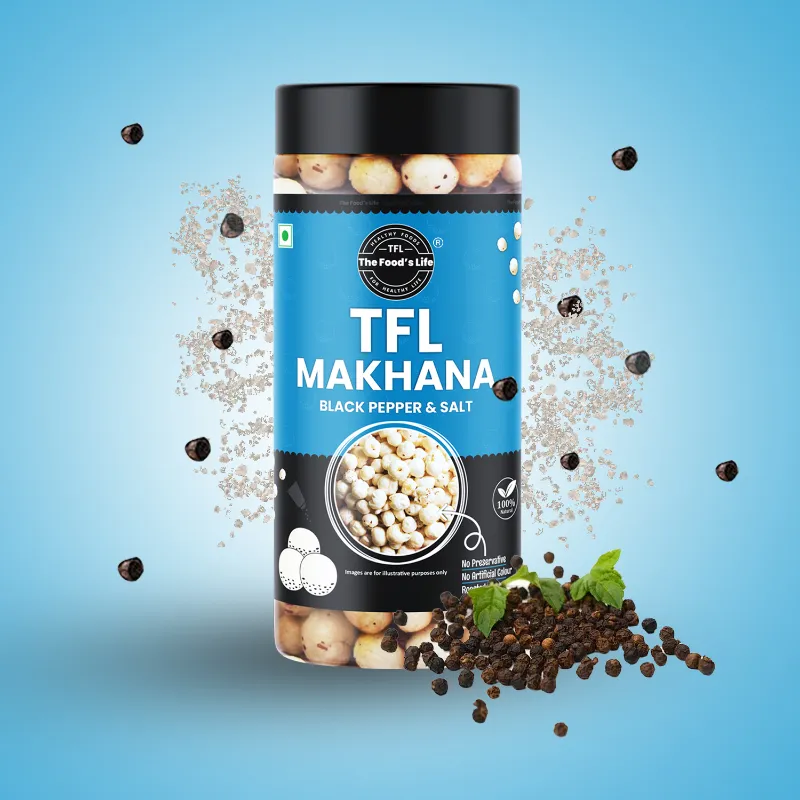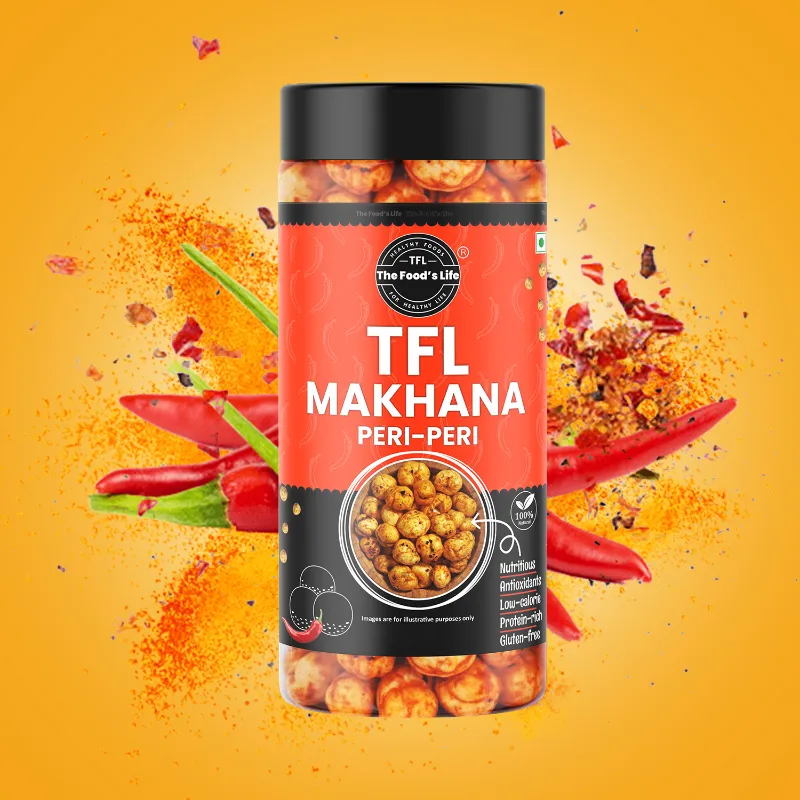In today’s health-conscious world, many people are adopting gluten-free diets for various reasons, including celiac disease, gluten sensitivity, or simply personal choice. As you navigate your dietary options, you might wonder about the inclusivity of certain foods, particularly snacks. One question that often arises is, is phool makhana gluten-free? This blog will explore makhana’s gluten-free status, its nutritional benefits, and creative ways to incorporate it into your diet. Makhana, also known as fox nuts or lotus seeds, comes from the Euryale Fox plant, which flourishes in water bodies. Traditionally consumed in many Asian cultures, this nutty snack has recently gained popularity as a health food due to its impressive nutritional profile. It’s light, crunchy, and incredibly versatile, making it a great addition to various dishes. The short answer is yes! Phool makhana is gluten-free. This means it can be safely consumed by anyone following a gluten-free diet. Unlike many processed snacks, which often contain hidden gluten, makhana is naturally free from gluten, making it a reliable option for those sensitive to it. Now that you know that phool makhana is gluten-free and packed with nutrients, let’s explore some delicious ways to enjoy it: When selecting makhana, keep the following tips in mind: In summary, is phool makhana gluten-free? Yes, it is! This delicious snack is not only free from gluten but also offers numerous health benefits. With its low calorie count and rich nutrient profile, makhana is an excellent choice for anyone looking to maintain a balanced diet. By incorporating TFL makhana into your meals and snacks, you can enjoy its delightful taste while nourishing your body. Whether you’re looking for a crunchy snack, a sweet treat, or a versatile ingredient, makhana fits the bill perfectly. So go ahead and embrace this superfood as part of your gluten-free lifestyle—your taste buds and your health will thank you!Understanding Makhana
Is Phool Makhana Gluten-Free?
Nutritional Benefits of Makhana
Creative Ways to Incorporate Makhana in Your Diet
Tips for Choosing Makhana
Addressing Common Concerns
Conclusion
FREE DELIVERY ON ORDERS ABOVE ₹500/-
FREE DELIVERY ON ORDERS ABOVE ₹500/-
FREE DELIVERY ON ORDERS ABOVE ₹500/-
FREE DELIVERY ON ORDERS ABOVE ₹500/-
FREE DELIVERY ON ORDERS ABOVE ₹500/-
FREE DELIVERY ON ORDERS ABOVE ₹500/-
FREE DELIVERY ON ORDERS ABOVE ₹500/-
FREE DELIVERY ON ORDERS ABOVE ₹500/-
FREE DELIVERY ON ORDERS ABOVE ₹500/-
FREE DELIVERY ON ORDERS ABOVE ₹500/-

Recommended Products





